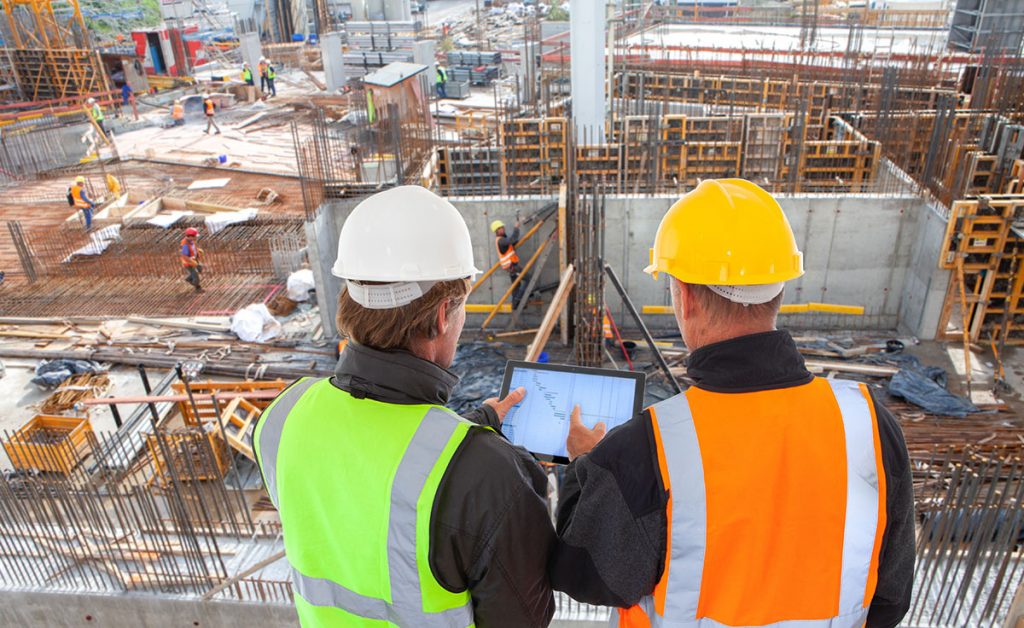
The cost of every building material has been on the rise since the pandemic hit. A recent report by Bloomberg recorded the trend on three key materials.
- The cost of copper per ton shot up by over USD$ 5,000
- The price index for concrete increased by 17.8 points
- The cost of lumber per 1,000 board feet went up fourfold
As a result, builders have been struggling to break down the costs to their clients. An increase of 58% in construction costs before COVID won’t settle well with their clients, more so with potential buyers. The situation forces them to cut costs where they can. When that’s not enough, they’re forced to cut corners.
One of the immutable rules of building things is that comfort should never come at the expense of cost. There are enough news reports in the world for people to know what happens when a building project compromises quality. An issue as seemingly trivial as a crack on the wall will compound over time until the whole thing comes down.
However, it doesn’t mean you have to spend a fortune to build a house or office building. There are a plethora of ways you can be smart about keeping your project within the budget, like the following:
- Prefabricated/Pre-Engineered Kits
These kits have been an engineering buzzword in recent years for several reasons, one of which is their low cost. Also known as building systems, the kits are between 10% and 25% more affordable than conventionally built homes. However, their price tag only covers the materials needed to craft the parts; landscaping and other works are computed separately.
The main factor driving their costs down is that they’re premade in the factory or workshop. After getting the initial details, a structural engineer draws up the project plans and runs them through a fabrication assembly line. As the parts are made to spec, the process uses up fewer raw materials. Once shipped to the site, the assembly can be performed with less effort.
Prefabrication and pre-engineering help builders and owners realize dream projects they are proud of for a lower cost. In fact, many residential and commercial buildings today are built this way due to the benefits. Builders still treat these projects like any other, so precautions like safety practices are still necessary.
- Alternative Materials and Methods
No doubt that a long-lasting building should be built with quality materials, but they usually come at a premium. As mentioned earlier, the price index for concrete has increased since the pandemic, affecting concrete products like cinder blocks. The cost of cinder blocks is now currently estimated from USD$9 to USD$12 per square foot.
It’s one of the reasons wood remains a popular material for building homes in the U.S. However, an ongoing shortage of lumber means even this resource will be used less and less. Damaged wood planks and boards are recyclable but not to the point that they can be reused for building. This will hurt the project’s long-term savings.
To drive the overall cost as low as possible, experts suggest considering alternatives. For example, steel is gaining a lot of attention lately due to its cost-effectiveness, sustainability, and durability.
- While not necessarily low cost, given its resilience, steel doesn’t require frequent reworks or repairs compared to other materials.
- Old or damaged steel can be reprocessed into a fresh batch; manufactured steel can contain between 25% and 90% recycled steel.
- With proper planning and building techniques, steel structures can withstand earthquakes, hurricanes, and even flooding.
Apart from materials, your project should also consider alternative methods of construction. For a building that’s no more than three stories high, according to experts, a load-bearing system will cost less. Choosing bricks and stones for this approach will increase the project’s cost-effectiveness.
- Shrink Wherever Possible
American homes are arguably among the largest in the world, with the average floor space around 2,500 square feet, according to a Statista report. You might think one of the reasons is that families are getting bigger, but that couldn’t be further from the truth. A separate Statista report recorded a decline in family size since the 1960s.
Whether or not it has money to burn, the project should reduce unnecessary space wherever it can. A smaller property costs less to construct and maintain for many apparent reasons. For designers, drawing up a plan that maximizes space will be a challenge but not an impossible one.
Bathrooms are one of the most challenging (and expensive) to plan because of the fixtures. Typical no-tub setups require at least 45 square feet, but it’s possible to fit all necessary fixtures in as small as 32 square feet. Consider having a sliding door instead of a conventional one to redistribute door clearance to the bathroom itself.
In most cases, it pays to keep the design as simple as necessary. Not only is it more affordable, but it also reduces the risk of costly errors during construction.
- Build During the Off-Season
Spring is construction season in the U.S., given that it comes after unfavorable weather during the fall or winter. However, contractor availability becomes a problem during this time–your favored contractor might either be unavailable to take your project or charge more to take it.
Unknown to most people, winter is an excellent time to build, especially if you’re looking to lower your overhead. Builders tend to offer freebies or discounts on projects at this time, all to stay alive during the off-season.
However, winter construction comes with several asterisks. Ice formation in concrete foundations and steel can negatively affect their integrity; in the case of the former, curing can take longer than in other seasons. Workers will also need to take extra safety measures; slipping on the ice doesn’t end well for the unprepared.
Conclusion
As you’ve just learned, cutting costs doesn’t have to be the same as cutting corners. It’s all a matter of giving each step of the construction process more thought than usual–from the choice of building materials to construction techniques. Any recent spike in material costs won’t have as much impact on any project if you’re smart about it.




